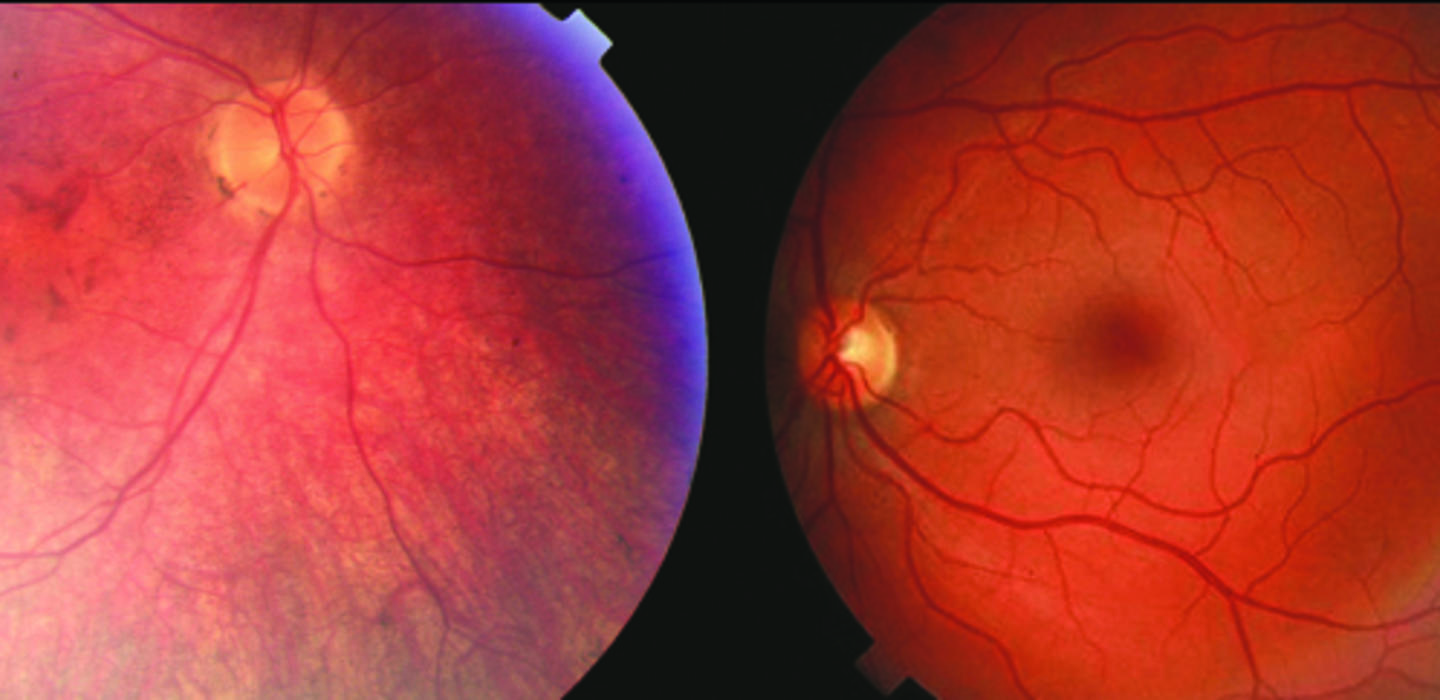Physician clinicians and researchers in the Department of Ophthalmology and Visual Sciences at the University of Iowa have been working to make important research breakthroughs in the fight to combat Leber congenital amaurosis (LCA), a genetically inherited eye disease that causes babies to be born blind or children to go blind before reaching school age. Many individuals with LCA have been told, “Nothing can be done,” to restore their sight. But today, that has changed.
The Iowa Lions responded with great enthusiasm and identified more people in Iowa with LCA than would have been expected given its population.
In 2007, researchers at the University joined with the Lions Clubs of Iowa to create Project 3000, the goal of which was to find people born blind or adults who became blind as children, test them, and find the roughly 3,000 people in the U.S. with LCA. The researchers worked with other researchers across the country, who also enlisted their local Lions clubs in the efforts. The Iowa Lions canvassed their own club communities to locate individuals throughout Iowa who might have LCA and offer them genetic testing.
The Iowa Lions responded with great enthusiasm and identified more people in Iowa with LCA than would have been expected given its population.
Since that time, researchers have been working toward a gene therapy to help treat patients with LCA, and in 2017 their efforts resulted in helping to restore sight to affected individuals and gaining FDA approval for the treatment.
In the study, 29 patients between the ages of 4 and 44 were given the same gene therapy, called SPK-RPE65 and developed by Spark Therapeutics, Inc. Prior to the therapy, none of the patients could see well enough to walk unassisted in a regularly lit room. They were tested on their ability to navigate a room set up as a kind of obstacle course.
The treatment is injected directly into the eye. In the final stage of the trial, patients were directed by arrows through a mobility course in seven different light levels. The course changed with each change of light level. The lowest level of light was that of a moonless summer night, and the brightest was that of a well-lit office.
After a year, patients treated in both eyes improved by 1.9 light levels, and their visual acuity improved by eight letters—roughly one and a half lines on an eye chart.
In December 2017, the Food and Drug Administration (FDA) approved this treatment. It is the first gene therapy in the U.S. for a genetically inherited disease, and the first in which the patient directly receives a corrective gene.
It was an 11-year journey from locating patients who might have the disease to a clinical trial and FDA approval for a treatment to restore sight, and the results could not have been achieved in such a timely manner without the efforts of the Lions clubs of Iowa in 2007. And while this breakthrough has obvious immediate benefits from those who suffer from LCA, this treatment may also open the door for future gene therapy treatments for other disorders.



